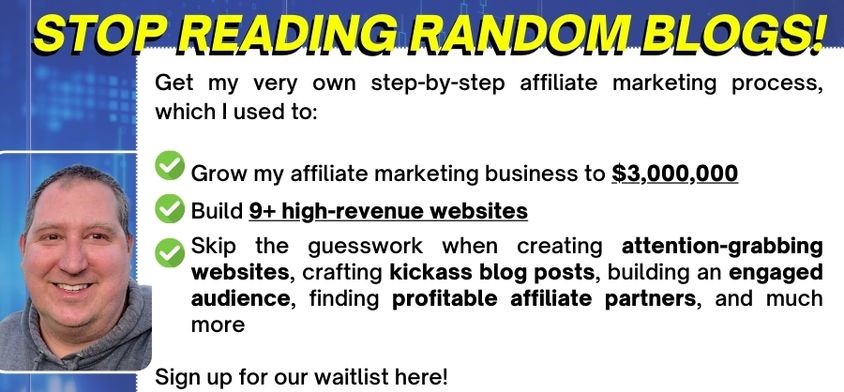When it comes to the content on your website, there are two main entities you need to keep in mind: your website visitors and Google. Your visitors should be the driving force behind the content you provide on your website, but you cannot ignore the concepts that Google has identified as critical to any website. After all, if you fail to heed Google’s warnings, your visitors won’t find your website because it won’t appear high enough in the SERPs (Search Engine Results Pages).
On the plus side, it is easier to identify the wants and needs of Google than it is to discover the wants and needs of your visitors. Google provides information for webmasters on its blog on a routine basis. In the following paragraphs, we’ll discuss the steps you can take to produce a site that is Google friendly.
The Answer Is Simple: Give Visitors What They Want
Believe it or not, the Google webmaster support blog tells business owners that the first thing they need to do to make a Google-friendly website is give visitors what they are searching for online. Users want to find quality content on your site. If you have a website that doesn’t provide relevant information that answers a user’s question or offer helpful insight, Google isn’t going to view it as credible.
Make Your Site Accessible
Your website shouldn’t be difficult to navigate through. A logical structure is critical to the enjoyment of your site in the minds of visitors and Google alike. Google bots crawl your site on a regular basis to judge the structure and link navigation to ensure your site is easily accessible. If you fail to put together a logical site, your page will likely fall down the Google SERPs. Google recommends using a text browser such as Lynx to examine your site. Many spiders used by Google to crawl your site will see it in the same way that Lynx would. If your JavaScript, cookies, or session IDS, for example, prevent you from seeing your entire site in a text browser, Google spiders are likely having the same trouble.
Get Other Sites to Link to Yours
A strong indicator of your credibility is the number of links to your site from other webpages. Links from other sites not only add to your credibility as an authority in your niche, but it also makes it easier for Google spiders to crawl your site and analyze the value of the links. For example, Google uses text matching to display pages for users that are important and relevant to their individual search.
Moreover, Google interprets a link from one page to your page as a vote in favor of your page by that other site. It is important not to allow unnatural linking strategies on your website. Google’s algorithms can distinguish between natural links and unnatural links. A natural link to your website contributes to the dynamic nature of your website by proving that others find your content valuable. Unnatural links, on the other hand, are placed specifically to make your content appear more popular and/or relevant than it really is for visitors.
Content & Keyword Research
Creating quality content for your website is a must, and by now most webmasters are well aware of the importance of good content. However, knowing about good content and creating good content are two different things. Conducting content and keyword research helps you identify the terms that people are using when they conduct online search, and makes it easier to generate content with keywords that are targeted to your niche.
As an example, sometimes it is important to use keywords that are not technical. If you operate a medical blog, “preventing melanoma” might seem like a good keyword. However, if your target market is searching for more conversational terms such as “skin cancer prevention tips,” your page will suffer as a result. Don’t skip out on research. It will help you put together great content that is relevant to visitors and Google alike.
Content Engagement
Traffic on your website is good, but it shouldn’t be the goal of your page. You didn’t take the time to put together a website and manage it just so people could browse through it and you could collect modest (at best) revenue from Google AdSense. You want content on your page that promotes action by your visitors. Whether it is engaging media such as an instructional video, or quality photos of your product that make it easier for online shoppers to make a choice, you want content that people can connect with.
Freshness
There is no single factor that Google likes to see more than fresh content. Even the best content with relevant keywords won’t be able to overcome being outdated. A good real-world example would be natural disasters. During hurricane season in the United States, if you were to conduct a search for hurricane, you would undoubtedly see results that skew towards news updates on the storm itself. However, in the middle of winter, a search on hurricanes would turn up disaster recovery and preparedness websites instead.
There will be pages on your site that shouldn’t be updated on a regular basis. For example, your about us page doesn’t need to be changed weekly or monthly. However, if you keep your pulse on the action in your industry, you’ll be able to post relevant content (blog posts, tips, news stories) that provides your website with a fresh feel.
Use Social Media
Last but not least, integrate social media activity in your website. Use the power of Facebook, Twitter, and YouTube to reach out to consumers and generate interactions and traffic for your site. Google’s search bots evaluate social media activity related to your website and uses it when considering where to rank your page in SERPs.
With that said, be careful not to overdo it. If you are too active on social media, posting the same content repeatedly, you’ll annoy your customer base and Google’s opinion won’t matter much. Try to post on Facebook or Twitter two or three times each day, and avoid oversharing.



